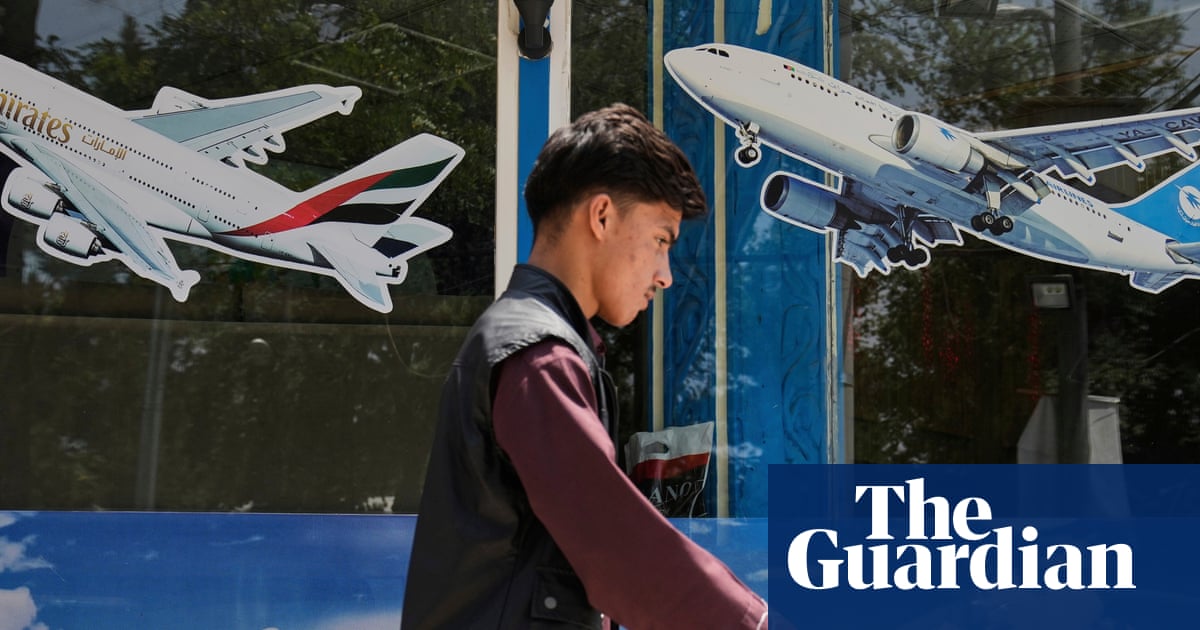The Unfolding Chaos of Trump’s Travel Ban: A Closer Look
Donald Trump’s first travel ban in 2017 sent shockwaves across the nation almost immediately. As travelers found themselves stranded at airports and legal battles erupted, it became clear that the new administration’s approach to immigration was fundamentally shifting. Fast forward to 2021, and Trump enacted a new proclamation aimed at restricting foreign nationals from 19 countries. However, the reaction was not as explosive; instead, it revealed deeper layers of confusion exacerbated by previous policies.
The Immediate Impact of the 2017 Ban
When Trump signed the first travel ban barely a week into his presidency, it came as a shock even to many within his administration. The ban primarily targeted predominantly Muslim countries: Iraq, Syria, Iran, Sudan, Libya, Somalia, and Yemen. Customs and Border Protection officials were left scrambling for guidance, leading to chaos at international airports as lawyers and protesters rushed to assist affected travelers. The confusion rippled throughout American institutions like colleges and tech companies, as well as refugee camps worldwide.
A Calculated Approach in 2021
Unlike the surprise of 2017, the travel ban in 2021 was well-anticipated. On his first day back in office, Trump signed an executive order demanding a review of the candidates for the new ban. This proclamation—issued with planned execution in June—indicates a strategic move aimed at reducing the immediate chaos seen four years prior. The prepared nature of the ban suggests that the administration had learned from past mistakes but also indicates an unsettling normalization of restrictive immigration policies.
Legal Exemptions and Impact
The 2021 ban includes various exemptions. Individuals already in possession of visas in the U.S., green card holders, and those traveling for major sporting events are not affected, as are Afghans eligible for special immigrant visas due to their service to the U.S. military. However, despite these exemptions, the new restrictions continue to create barriers, particularly affecting vulnerable populations seeking refuge from humanitarian crises. Critics argue that the policy feels like “death by a thousand cuts,” layering restrictions on an already beleaguered immigration system.
A Broader Shift in Immigration Policy
Since Trump returned to office, his administration has enacted numerous aggressive immigration measures. Temporary legal residency has been revoked for thousands of Haitians, Venezuelans, and Cubans, while efforts to curtail student visas have intensified. Reports indicate that international students have found their legal status jeopardized, and rumors swirl about increased scrutiny of foreign scholars and their contributions to U.S. academic life.
Ongoing Struggles and Legal Challenges
Many immigration advocates fear that the latest travel ban will lead not only to separation of families but also prompt legal challenges reminiscent of those surrounding the 2017 order. Faisal Al-Juburi from Raices, a Texas-based legal nonprofit, summed it up by saying the current situation lacks the chaotic immediacy of the previous ban but still reinforces a climate of anxiety and uncertainty. “It’s an upending of immigration altogether,” he noted.
Evolving Perceptions and Cultural Backlash
The political landscape surrounding immigration has also evolved. While the first travel ban incited widespread protests and a cultural backlash evident in real-time airport demonstrations, there’s a sense that the urgency has dissipated. Ryan Costello from the National Iranian American Council remarked on the “normalization” of such policies, suggesting that this newfound acceptance may make it easier for Trump’s administration to sustain such bans without incurring significant public outrage.
Emotional Toll on Families
For many families impacted by these travel bans, the emotional toll is substantial. Iranian Americans, among others, have faced years of separation from loved ones unable to visit due to stringent visa restrictions. This prolonged state of uncertainty has engendered feelings of frustration and helplessness among those who once considered the U.S. a refuge from persecution. Costello poignantly expressed the longing to share significant life events with family, illustrating the personal stakes in the broader political debate.
Ultimately, the 2021 travel ban signifies not just a policy shift but a broader transformation within the U.S. immigration framework, one that has altered the landscape of legal immigration profoundly. As the situation evolves, the long-lasting implications for families and immigrants seeking a new home remain to be seen.


